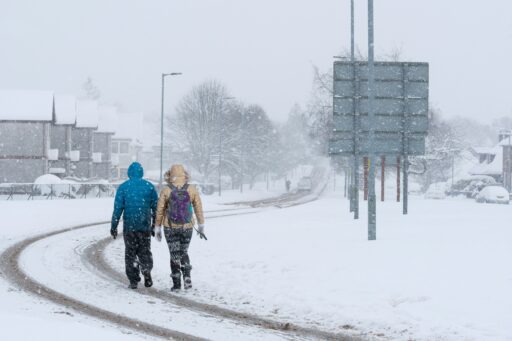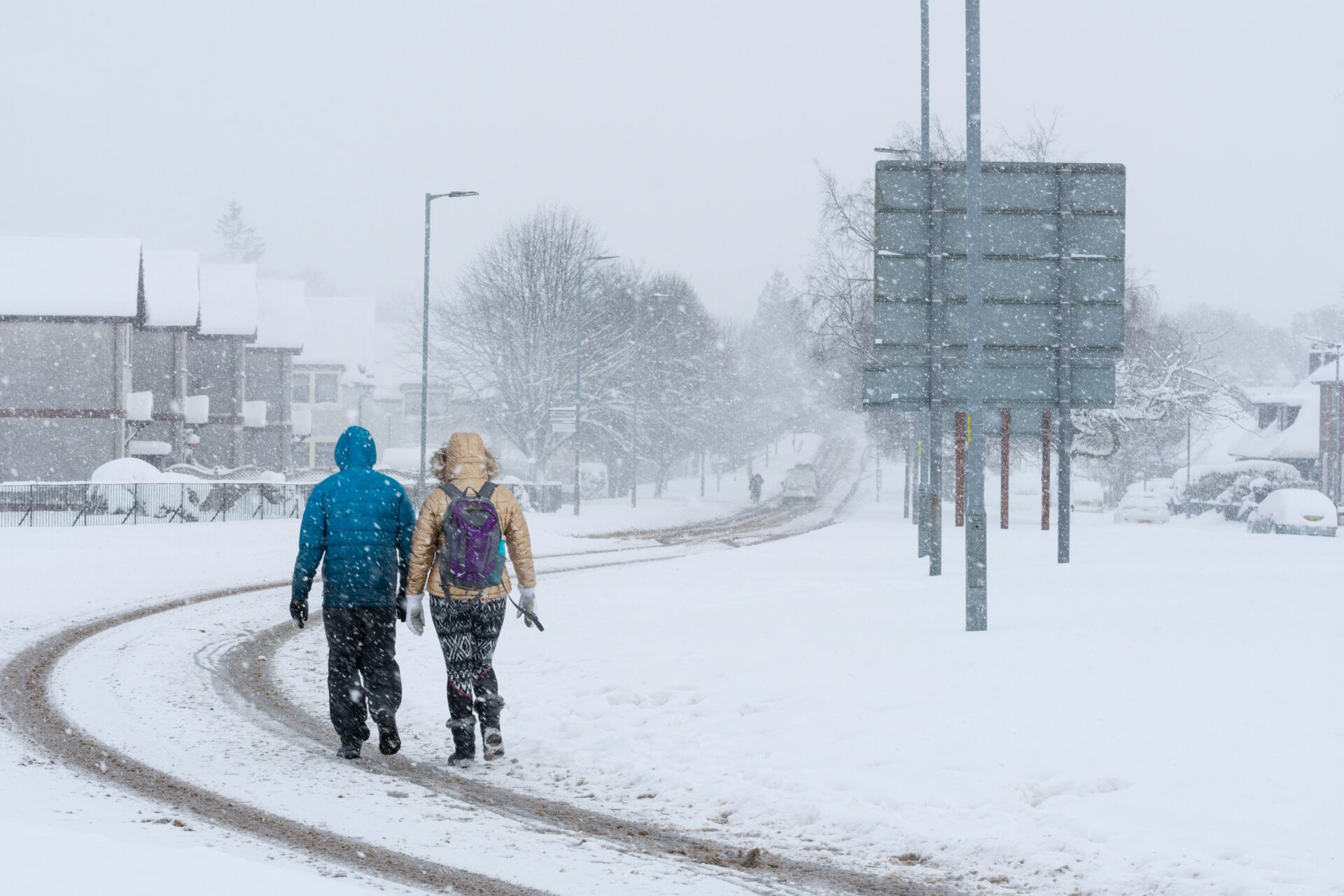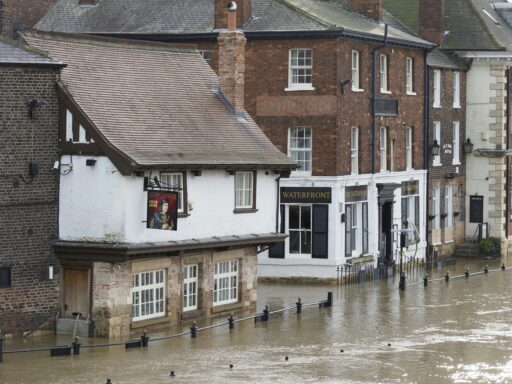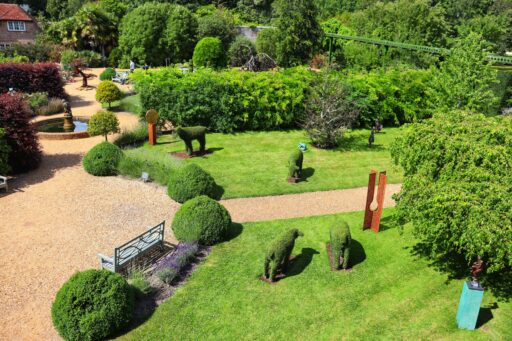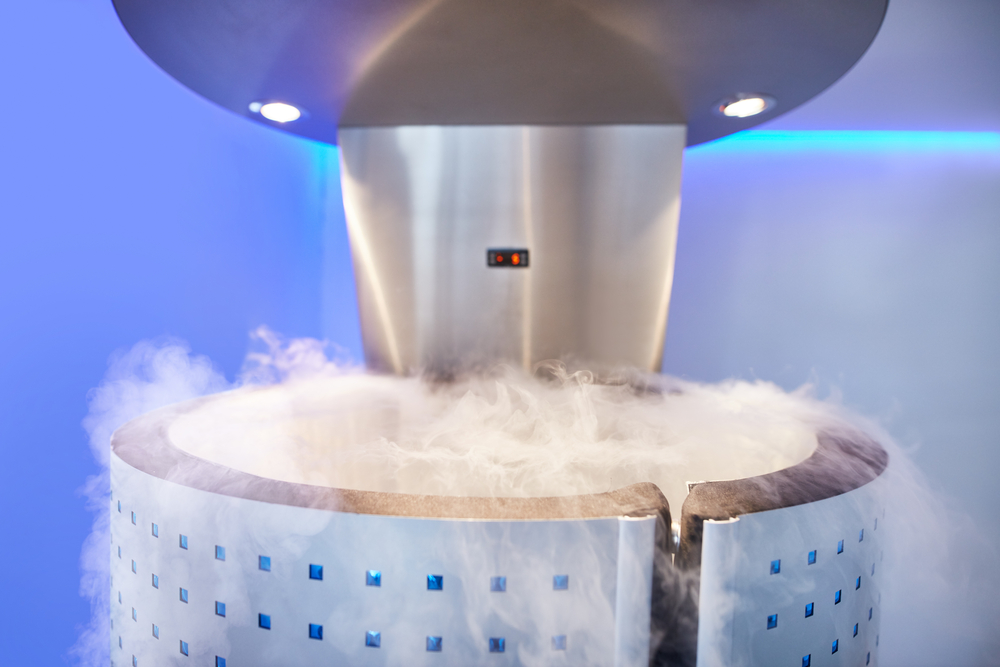I’m sure you would be inclined to argue otherwise, but, despite what you’ve probably been led to believe by sensationalist headlines, the UK isn’t actually the coldest place on earth. In an average year, the temperature doesn’t even drop below zero. The inhabitants of Oymyakon and Verkhoyansk meanwhile, have the unique pleasure of living in the two places considered the coldest in the world. But the cold isn’t even the most interesting thing about these places, it is how the people that live there have adapted their lifestyle to not only survive, but thrive.
Oymyakon, Russia
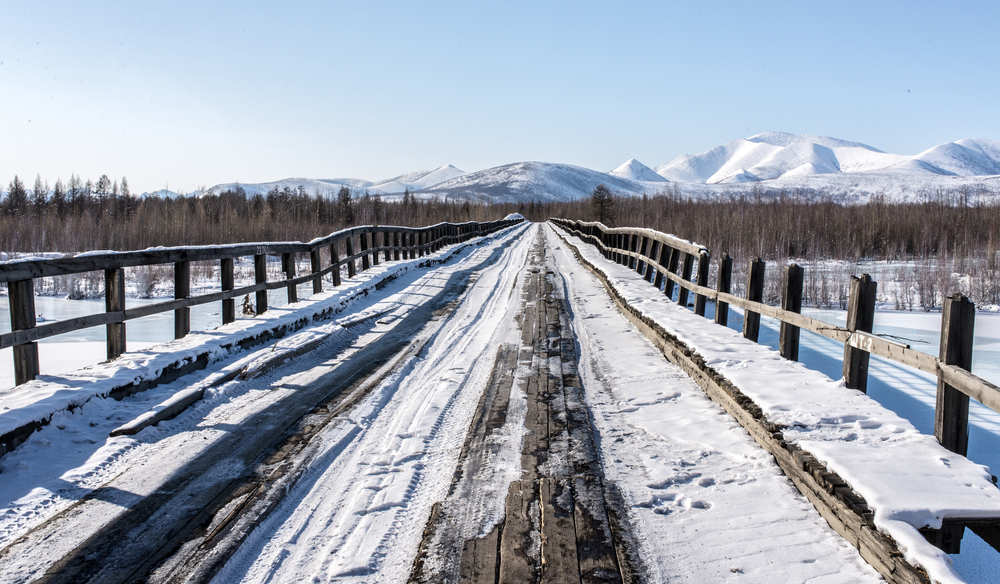
You can understand why just 500 people are brave enough to make Oymyakon, the coldest inhabited place on Earth, their home. During the winter months, the temperature hovers around the -50°C mark and a measly four hours of sunlight puncture the semi-constant cloak of darkness each day. With such an inhospitable climate, how do residents possibly cope?
The icy conditions prevent the growth of produce, and for that reason, the local diet is overwhelmingly reliant on meat. An average day can consist of raw fish, horse liver and rabbit soup. In keeping with the mantra that alcohol can warm you up; there is regular consumption of vodka, or as the locals call it Russki chai, which translates as the more docile-sounding Russian tea.
Layers upon layers of animal fur are considered the only worthwhile defence against the biting cold. And this even extends to footwear – the most popular of which are constructed from reindeer leg fur. So adapted and used to the freezing conditions are the people of Oymyakon, that the only time schools are forced to close, is when the temperature dips below -55°C.
Verkhoyansk, Russia
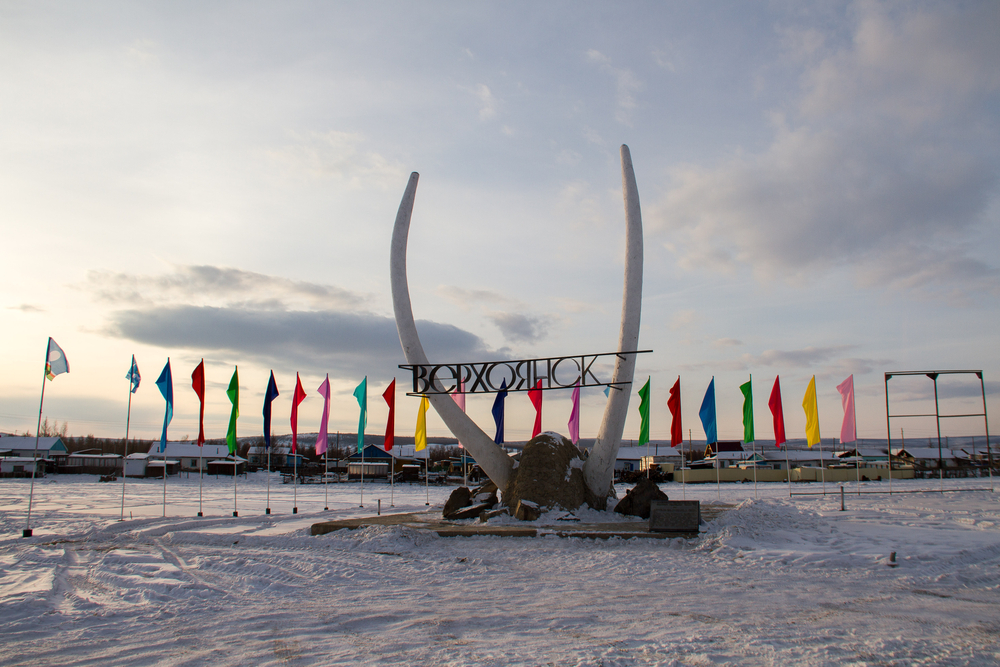
Oymyakon’s closest rival for the king of cold is also close by geographically – relatively speaking anyway. At less than 1 person per square mile, the Sakha Republic has an extremely low population density, making the 400 miles that separate Oymyakon and Verkhoyansk seem reasonably tame. Even though Verkhoyansk has close to three times as many inhabitants as Oymyakon, it is far from an indication that their climate is three times as accommodating.
Verkhoyansk describes itself as the Pole of Cold and claims it has recorded the lowest ever temperature in an inhabited place. Do the daily lives of Verkhoyansk’s residents differ much from their neighbours in Oymyakon? In short, no. Pony innards are considered a delicacy and copious layers of fur clothing are an absolute prerequisite for braving the elements. They even share their neighbours’ penchant for vodka.
Both are decidedly isolated but Verkhoyansk even more so – there are strictly-speaking, no roads leading to the town, and it is only accessible in the colder months when all of the lakes that surround it are frozen over – making for a treacherous trip. For this reason, heating is that bit more difficult. As is the case in Oymyakon, the residents of Verkhoyansk rely on wood burners, and some coal, to provide them with warmth. But because of their severity of their isolation, over a third of their income is spent purely on heating, with approximately seven truckloads of wood needed to keep a single home warm over the winter months.
King of Cold? Oymyakon or Verkhoyansk?
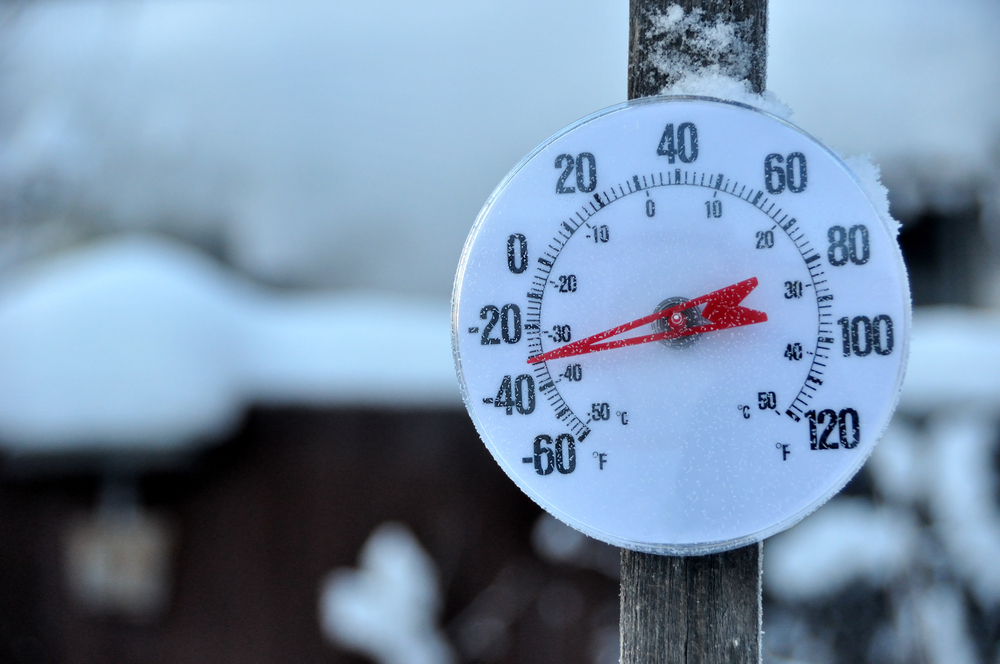
You would think their shared way of life would give them a certain sense of kinship and put them on the same page. But when it comes to the contentious issue of whose home is coldest, Verkhoyansk and Oymyakon couldn’t be more divided. Both have monuments proclaiming their status as the pole of cold. As well as the faux-mammoth head declaring just that, Verkhoyansk has a commemorative black marble plaque marking a record reading of -67.6°C, whilst Oymyakon has a distinctly Communist-style monument stating a record temperature of -67.7°C. The miniscule 0.1°C difference leaves just enough doubt to render the result inconclusive and the debate unwinnable.
Regardless, just reading about temperatures that cold should send a shiver down your spine. Central heating pumps can ensure that your own home is warm whenever you need it to be.

